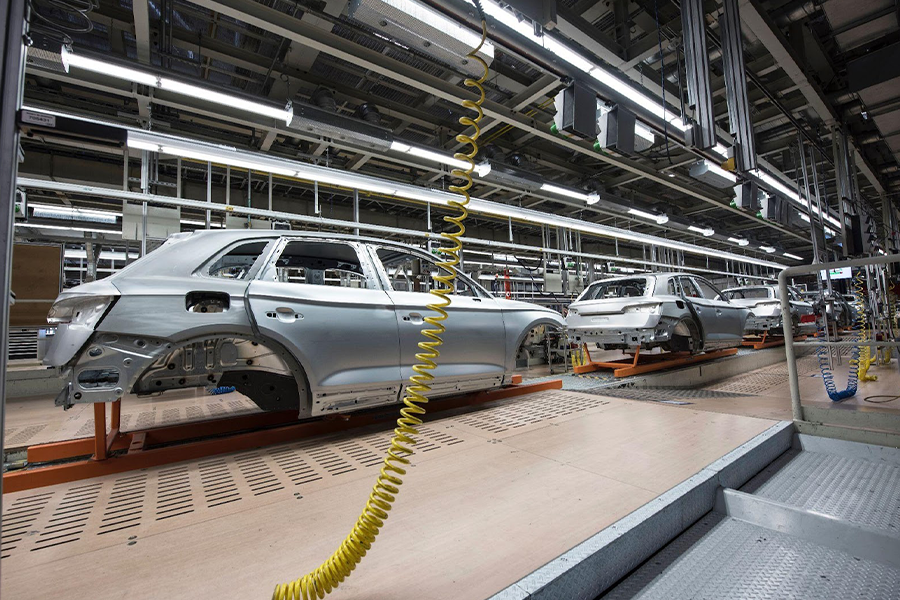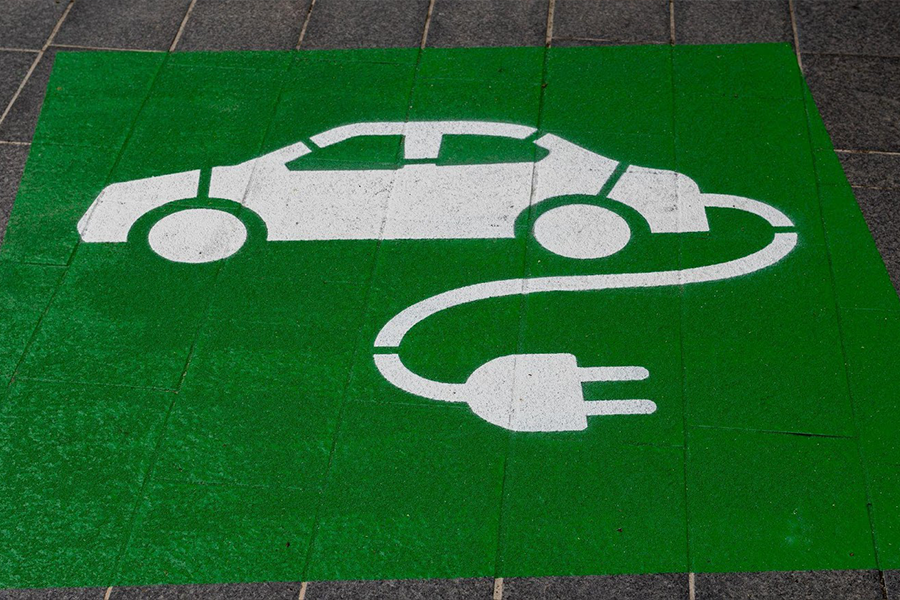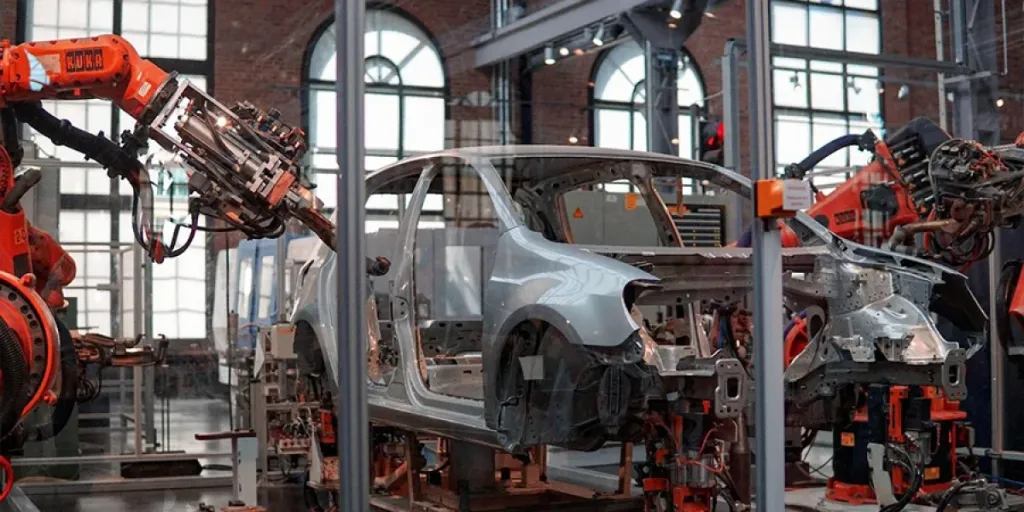The automotive industry has been significantly impacted by the pandemic, as seen through the industry’s down-trending performance during the pandemic. In this article, we will take a closer look at the impact the pandemic has had on the global automotive industry, analyzing sales performance, growth forecasts, and regional recovery paths to see where the industry is now and where it is predicted to be going.
We will also look at key data around consumer spending in transportation worldwide, changing mobility behavior, and attitudes toward purchasing cars online to get a picture of important trends that will shape demand within the industry in the foreseeable future.
Table of Contents
Overview of the global automotive industry
Plant closures and supply chain disruptions
Changes in mobility behavior
The push for electric vehicles
Acceleration of digital adoption and e-commerce
The crucial role of B2B online trade platforms in automotive industry recovery
Overview of the global automotive industry
There have been a number of key factors influencing the performance and outlook of the automotive industry over the past decades. These include environmental policies, the electrification of vehicles, loans and interest rates, inflation, disposable incomes, and the development of public transportation systems.
Before the pandemic, worldwide car sales had been steadily rising. A Statista report shows that prior to the pandemic, international car sales had been on track to reach the expected 80 million units in 2020; however, the advent of the pandemic and the slowing global economy caused a downward trend, leading to the year ending with an estimated 63.8 million units sold.
Projected global light vehicle sales growth between 2019 to 2023 saw a steep, pandemic-induced decline of 16%. However, light vehicle sales are expected to bounce back in key markets such as the US in 2021 and return to pre-pandemic growth levels.
The world’s major vehicle producers in 2020 were Japan, Germany, and China. China topped as the largest vehicle producer, having manufactured 21 million cars—nearly a third of the global car production.
In terms of outlook, the global market is poised to get back on track in 2022. Statista data shows that the global automotive industry is set to grow by about US$ 9 trillion by 2030, and new vehicle sales will account for 38% of this value.
Plant closures and supply chain disruptions

The effects of the pandemic are more starkly seen when analyzing new vehicle production figures. This is because, at the advent of the pandemic, a number of production plants were forced to close in China and other key markets.
The result was that the total of motor vehicles produced in 2020 was 78 million—a figure that was 16% down from the previous year, according to data from OICA.
The automotive industry was also one of the industries that were directly impacted by the supply chain disruptions that were triggered by the pandemic. Automakers dealt with shortages in critical parts such as microchips while dealing with issues around the availability of materials, extended lead times, a shortage of labor, and sudden cost increases of raw materials.
It is estimated that the global semiconductor shortage caused a decline in the supply of passenger cars in 2021 by more than 2 million units—the equivalent of about 10% of the Chinese automotive market.
Changes in mobility behavior

Working from home and hybrid offices
The pandemic forced many workspaces to close down to limit person-to-person contact and virus exposure, and this thrust a significant proportion of the population into work-from-home scenarios that lasted for upward of a year.
As the severity of the public health crisis reduced, many offices shifted to hybrid office models that involve part-time office work and part-time working from home. This has influenced a number of businesses and organizations to scale down their office desks and incorporate hot-desking.
This growing trend of remote or hybrid work impacts the automotive industry in that it causes diminished demand for vehicles as fewer people will be driving to and from workplaces.
Risk associated with public modes of transport
The above change in consumer mobility behavior has to be considered alongside other factors, such as consumer attitudes around different modes of transport. BCG data on automotive demand post-pandemic shows that a change in mobility behavior is expected as a result of the pandemic.
BCG’s urban mobility survey conducted in China, the EU, and the US showed that people consider cars the safest mode of transport compared to public transit. The data also shows that after the lockdowns, private cars will be more preferred, particularly in China.
When it comes to the likelihood to buy or own a car after the pandemic, while it is more mixed in the EU and the US, there is a clear trend in China toward buying or owning a car.
The push for electric vehicles

A McKinsey report shows that while investments in smart and shared mobility (e.g., e-hailing, car sharing) dipped during the pandemic period, investments in connectivity actually increased. Investments in electrification were minimally affected at the onset of the pandemic and went on to see a surge from the third to the fourth quarter of 2020.
The combination of increased investment and ever-strengthening consumer attitudes toward factoring sustainability into their vehicle-buying decisions is helping to drive up electric vehicle sales, as was seen in 2020 with sales increasing by 43%.
Acceleration of digital adoption and e-commerce

When it comes to car and truck buying, new digital technologies such as virtual, 360-degree vehicle tours or “build your own car” features on the carmakers’ websites had already been introduced prior to the pandemic.
However, the pandemic served to accelerate the adoption of these digital technologies as lockdown measures and travel bans were enacted and significantly limited in-person vehicle procurement. This led to a change in the way vehicles are sold, shifting a significant amount of the sales that would have taken place on sales floors to digital platforms.
Innovation was also driven around sites and apps that could help consumers access financing and insurance, enabling greater optimization of the online car-buying process. These types of efficiencies afforded by digital technologies are likely to attract more online vehicle shoppers, or at the very least, consumers who will use omnichannel methods when purchasing vehicles.
The crucial role of B2B online trade platforms in automotive industry recovery
The automotive industry is one of the industries that has been slower in fully embracing e-commerce. What was normal was that while consumers would use online channels for product discovery, they would then turn to offline, brick-and-mortar channels to make their final purchase.
This buying model was upended by the pandemic, as the enacted lockdowns and stay-at-home orders forced consumers to shift their shopping behavior toward using online channels for both product discovery and purchase.
This is where B2C and B2B online marketplaces like Alibaba.com came in. They provided a platform for sellers and manufacturers to showcase their products and for buyers to not only browse these products from the safety of their homes or offices but also make final purchases without having to commit to traveling amid a public health crisis.
Final thoughts
Plant closures, disrupted supply chains, and worldwide changes in mobility behavior as a result of the pandemic are having a strong impact on the global automotive industry.
However, the opportunities presented by accelerated digital adoption and shifting consumer shopping behavior toward online channels point toward the importance of integrating online B2B and B2C trade channels for businesses within the automotive industry.
Adding an online trade channel and trading on online marketplaces will enable businesses to weather the effects of the ongoing pandemic, and allow for continued sourcing, purchasing, and shipping of automotive products even during a time of major disruption.




